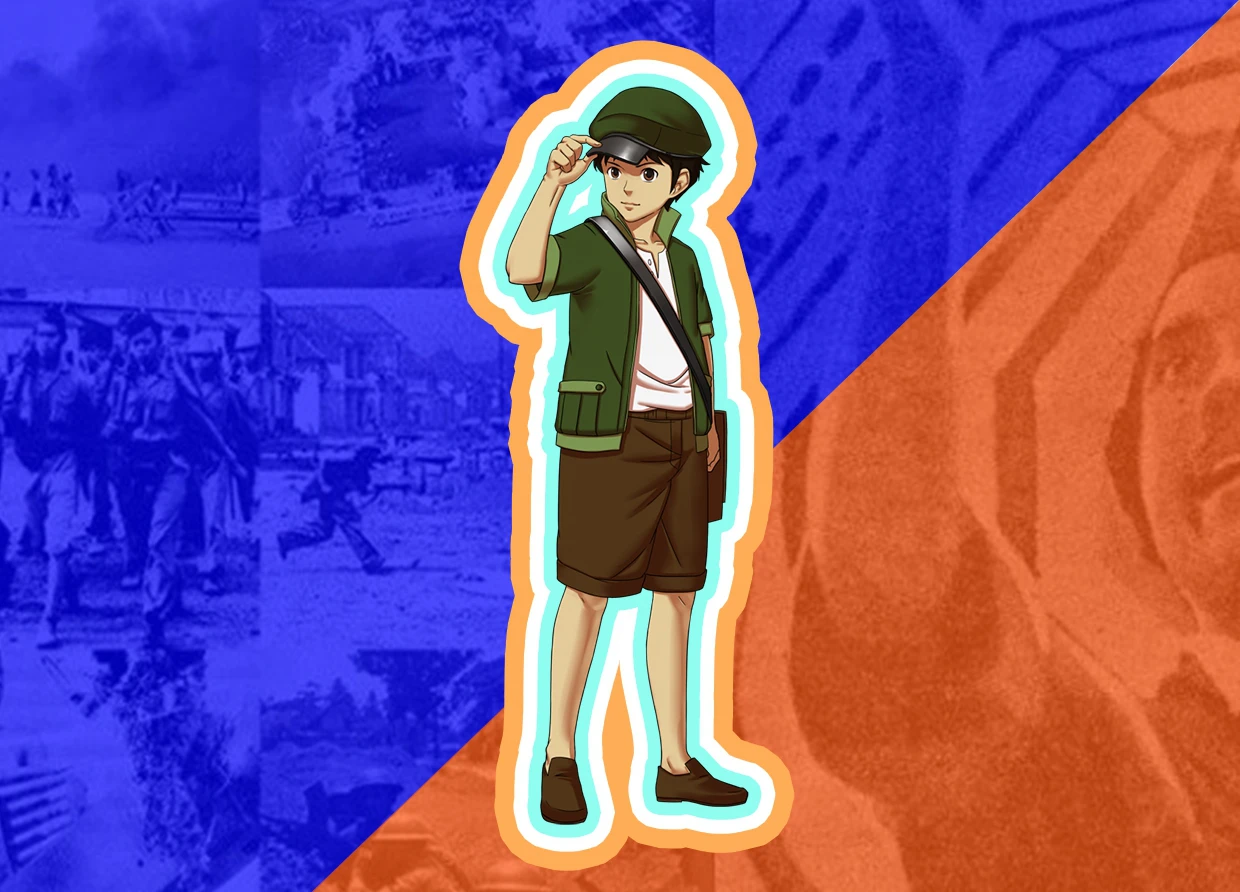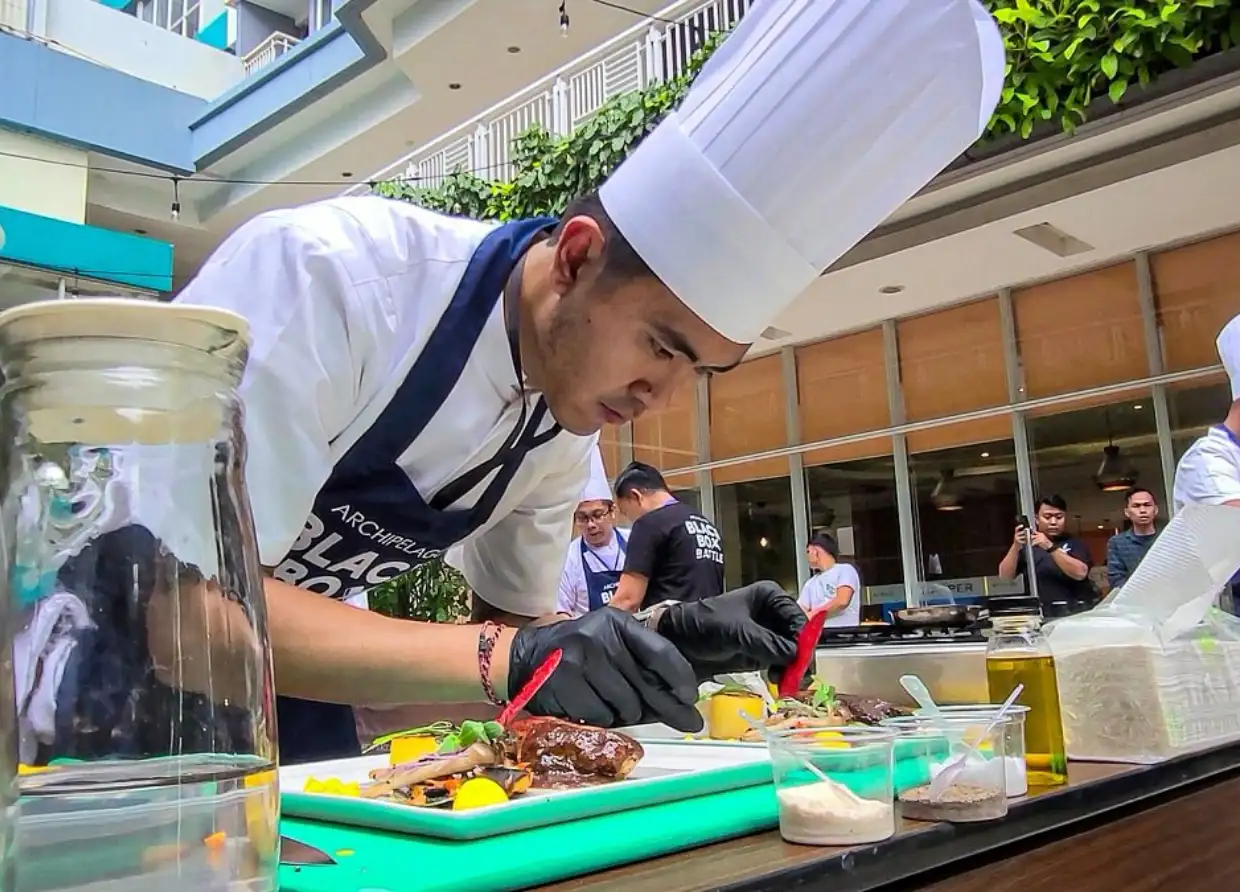THE INDONESIAN ANIMATION INDUSTRY AND ITS POTENTIAL
Gov makes a move to support local animation industry

It is common knowledge to most that the development of animation in Indonesia was initially relatively slow. The need for considerable funds has been, for quite a while, the biggest challenge for the animation industry in Indonesia to flourish, and throughout the years, local players have gone through ups and downs to develop animation technology to usher the industry to a better future.
The industry, however, is doing better today. The emergence of several well-received animated films from local studios can attest to that, which is further supported by the synergy in the Indonesian animation ecosystem.
In addition, the Ministry of Trade has stepped in to assist the local animation industry in penetrating the international market. The ministry, through its expert staff for market security Sutriono Edi, said the local animation industry has promising potential in the area of production and finished products, such as television shows, as well as creations resulting from the intellectual property of animated work.
The ministry said government support would play a key part for the industry to allow them to develop and be competitive in the global market.
Indonesia's animation industry, with the many contributions of Indonesian animators, has been recognized internationally although without much fanfare. Several world-famous animation works such as Lego Movies, Sonic, Rabbids Invasion, the Adventures of Tintin, and others involve the country’s animation industry, as well as its human resources.
Long history
The Indonesian animation industry started to enter the fray in the 90s. At that time, TVRI broadcasted "Si Huma", an animation produced by the State Film Production Corporation in collaboration with UNICEF, became the first animation to be broadcast on television in the country.

Indonesia continued to produce animation in the 90s as well, such as "Hela Heli Helo", which is the first children's 3D feature made in Surabaya. In the 2000s, more quality animated films were produced in the country. One of them, "Battle of Surabaya", garnered widespread international recognition. The animated feature won international awards in the 2013 International Movie Trailer Festival, Seoul International Cartoon & Animation Festival 2016, and the 2018 Filmmaker Festival of World Cinema.
Massive potential and challenges ahead
In 2021, several Indonesian animation studios created new works with even better quality and production value. "Nussa", produced by Visinema in collaboration with The Little Giantz, is one of the local animated films with quality comparable to that of Disney, with noticeable improvements in cinematography and details such as color tones.
View this post on Instagram
After their success with "Nussa", which gained more than 400,000 audiences during its early theatrical run, Visinema is again in the works of new animated feature films, this time under the genres of science fiction and adventure. It has created special lines to produce quality animated films, namely Visinema Animation and Afterlab studio. Among their upcoming works are "Jumbo" and "Kancil".
YouTube animations are not to be missed, especially the notably popular Tahilalats and Dalang Pelo. Some have been adopted by streaming services, such as "Adit Sopo Jarwo The Movie" and "Si Juki Anak Kosan" that are currently available on Disney+. It is clear that Indonesian works are increasingly recognized by the international market.
Although the Indonesian animation industry is currently developing at an incredible pace, the industry still faces a myriad of challenges. For example, the lack of support from traditional TV, which is partly owing to the fact that the local market is flooded with foreign animation, means that not many local animations can be created. However, through "Kancil" and "Jumbo", there is hope that the local industry will produce more quality animations that can compete in the global theater in the near future.
#THE S MEDIA #Media Milenial #indonesian animation #nussa and rara



























